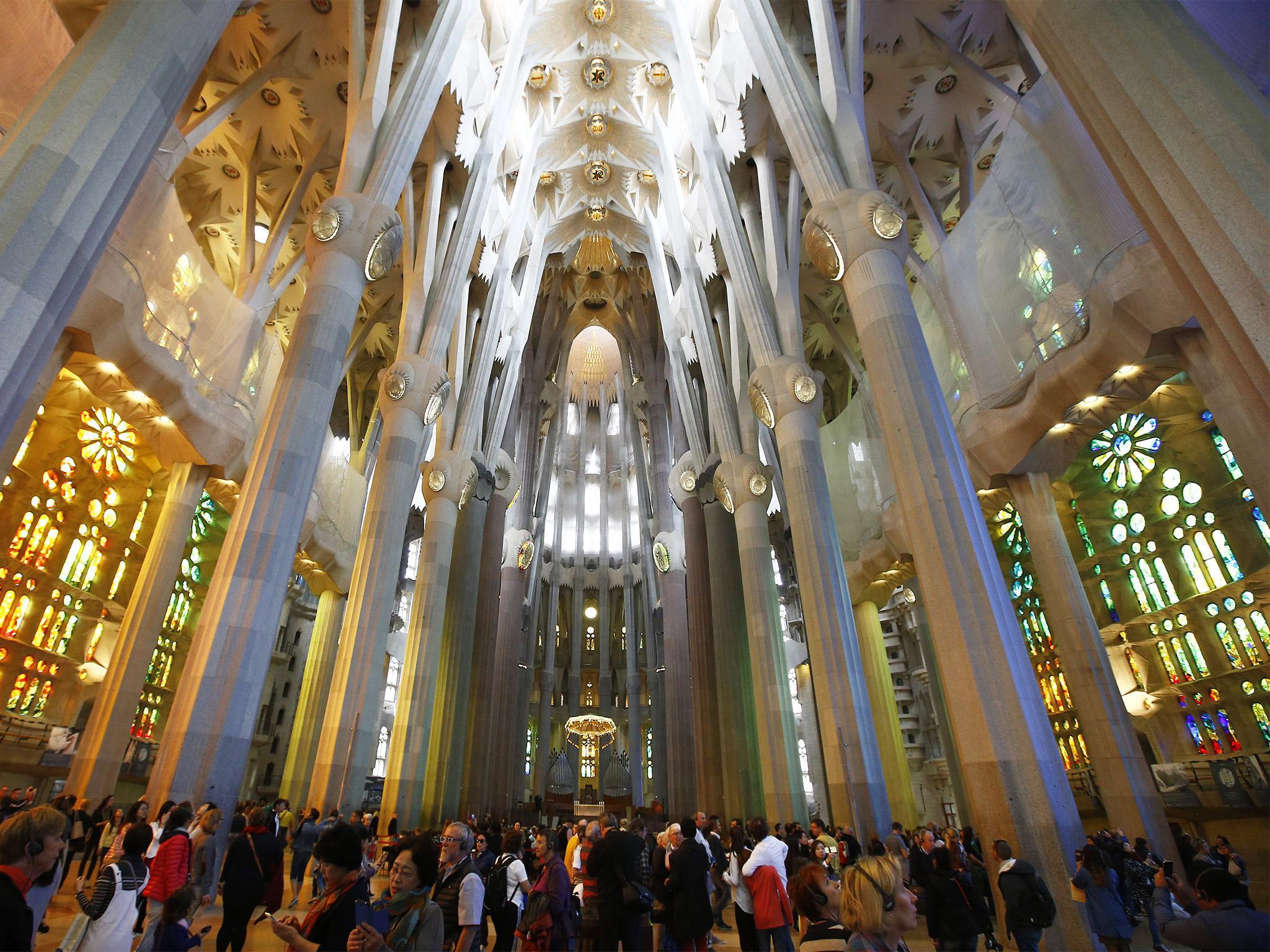auto magazines
Formula one team payments for two thousand sixteen exposed – F1
Formula one team payments for two thousand sixteen exposed
Ferrari will receive more money than any other team in Formula one for its two thousand fifteen spectacle despite ending 2nd in the championship, Autosport can expose.
Formula One Management collates revenues from hosting fees, media rights and other rivulets such as trackside sponsorship and hospitality.
The two thousand fifteen total was $965m and this will be distributed across ten teams through nine monthly payments from April with a final “check” payment – when definitive revenues have been calculated – early in 2017.
The table below details the split, divulged to Autosport in Bahrain, and shows how F1 disproportionately awards its revenues.
Column one payments are based on a team’s classification over two of the past three years, while Column two payments are based solely on a team’s two thousand fifteen classification.
The Column one pot is divided identically amongst all qualifying teams with each estimated to earn $33.5m.
Column two is calculated on a sliding scale from very first to 10th place with very first receiving nineteen per cent of the fund, sixth ten per cent and 10th four per cent.
There are constructors’ championship bonus (CCB) payments for four teams – Ferrari, Mercedes, Crimson Bull and McLaren, which have been agreed in separate deals.
There is also a long-standing team payment for Ferrari and other motionless prize fund payouts such as a heritage bonus for Williams and negotiated payments for Crimson Bull Racing and Mercedes.
Crimson Bull receives its extra annual payment for being the very first team to sign the current bi-lateral agreement, which runs to 2020, while Mercedes will earn its bonus annually from now on after meeting its agreed target of two world championships.
This year, Ferrari will earn an estimated $192m which is almost twenty per cent of the total. It’s also $33m more than the team earned last year.
Ferrari’s earnings consist of $87m in spectacle payments and $105m in historic/CCB bonuses.
Reigning champ Mercedes won sixteen grands prix, including thirteen one-twos, compared to Ferrari’s three wins but earned just 17.7 per cent of the total fund with $171m, of which $74m consists of bonuses.
Further down the order the disparities are more glaring, with Crimson Bull receiving $144mm to the $87m earned by third-placed Williams, which finished ahead of it in the two thousand fifteen constructors’ standings.
Master Frank Williams’s team will receive less than half that of Ferrari’s total despite completing just one place adrift in the championship.
McLaren, which finished ninth, receives a projected $82m, while fifth-placed Force India earned $67m – a situation that lays at the heart of the team’s complaint to the EU Commission over what it insists is unfair competition.
Speaking to Autosport in Bahrain, FOM CEO Bernie Ecclestone admitted there had been “conversations” with the Commission over complaints filed by Force India and Sauber, which placed eighth ahead of McLaren, yet receives just $54m.
The imbalance is best illustrated by the fact that identically sharing the ‘pot’ among ten teams would lead to Williams earning $96.5m rather than $87m for third place.
At $965m, the teams’ payouts are nine per cent up on last year’s total payout of $883m despite there being the same number of rounds (Nineteen).
However, a $35m bonus negotiated by Mercedes for a 2nd constructors’ championship is paid from a separate reserve, making the purified revenue increase $47m, or harshly five per cent.
FOM’s two thousand fifteen turnover is estimated at $1.9bn, with underlying revenues estimated $1.4bn.
These are collective inbetween FOM and the teams on an approximate 35/65 split based on terms of individual bilateral contracts that run through to 2020.
